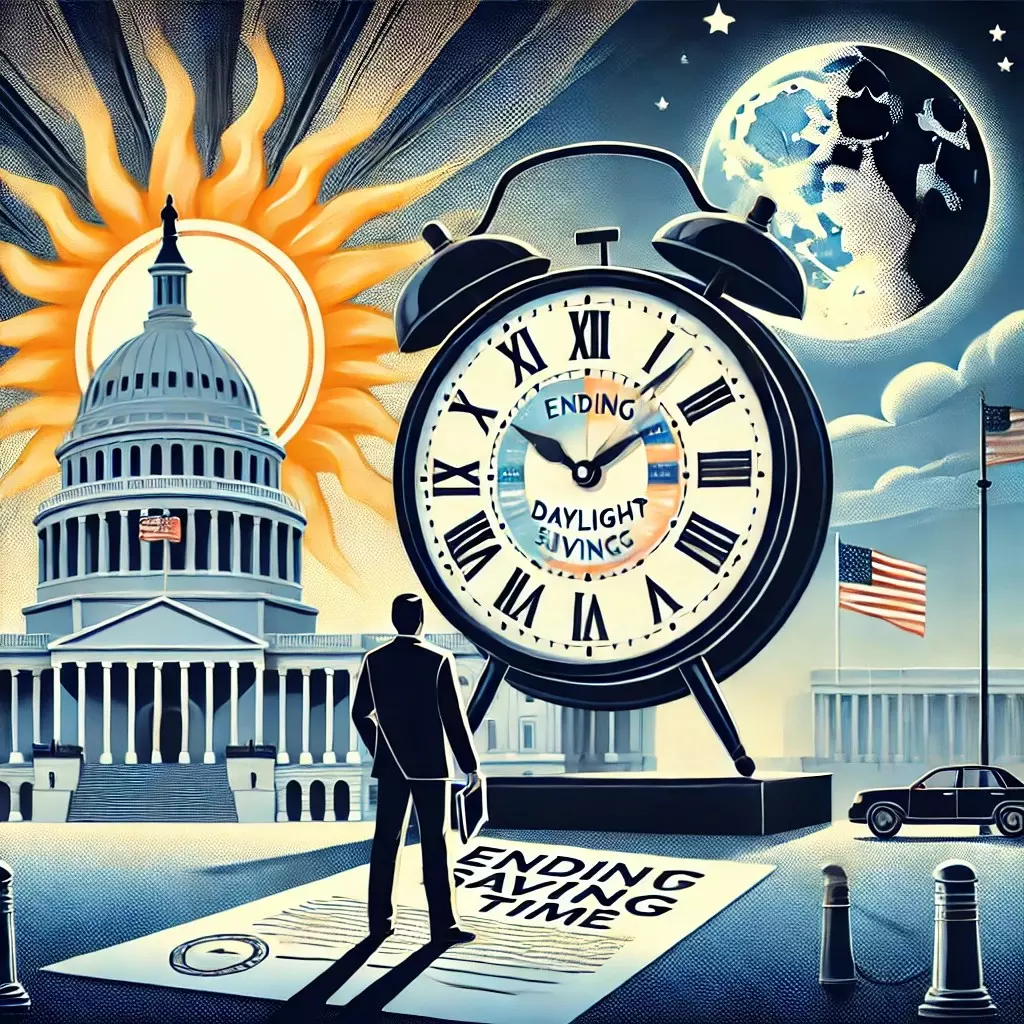Will President Trump End Daylight Saving Time? Here’s What You Need to Know

If you’re tired of adjusting your clocks twice a year, you’re not alone—and change might be on the horizon. President Donald Trump has voiced his support for eliminating Daylight Saving Time (DST) altogether, calling it "inconvenient and very costly to our Nation."
While Congress has made previous attempts to end the practice, nothing has passed into law. For now, Americans should still prepare to spring forward on Sunday, March 9, 2025—but could this be the last time we change our clocks?
The Push to End Daylight Saving Time
Efforts to make daylight saving time permanent have been gaining bipartisan support in Congress for years. One of the most prominent proposals is the Sunshine Protection Act, which would put an end to the twice-yearly time change.
What Has Congress Done?
- In 2022, Sen. Marco Rubio (R-Fla.) introduced the Sunshine Protection Act, co-sponsored by Sen. Ed Markey (D-Mass.) and Sen. Sheldon Whitehouse (D-R.I.).
- The bill passed unanimously in the Senate but later stalled in the House.
- No major action has been taken since 2023, meaning the bill would need to be reintroduced in Congress to move forward.
Sen. Markey continues to advocate for the change, arguing that daylight saving time saves energy, reduces crime, and has economic benefits.
State-Level Efforts:
It’s not just Congress debating DST. Between 2015 and 2019, 29 states introduced bills to eliminate the clock change, including Massachusetts, New Hampshire, and Vermont.
Why Do We Even Have Daylight Saving Time?
DST was originally enacted in 1918 during World War I to save fuel by maximizing daylight hours. President Woodrow Wilson signed the first DST law, which also established the country’s standard time zones.
However, the current version of DST wasn’t made permanent until the Uniform Time Act of 1966, which set nationwide guidelines for daylight saving time.
Key Changes Over the Years:
- 1973-1975: The U.S. experimented with year-round daylight saving time to save energy during the oil embargo. It was reversed due to public backlash.
- 2007: Congress extended daylight saving time to its current format, running from March to November to allow for more evening daylight.
Will Daylight Saving Time Finally End?
Despite strong political support and widespread public interest, efforts to abolish the clock change have failed to reach the finish line.
What’s Next?
- If Congress revives the Sunshine Protection Act, DST could become permanent nationwide.
- If President Trump takes executive action or pressures Congress, it could accelerate the process.
- If no action is taken, the current DST schedule remains in effect—meaning Americans will continue adjusting their clocks in March and November each year.
For now, mark your calendars: March 9, 2025, is the next scheduled time change. But if efforts to end DST gain traction, it could be the last one.
What do you think—should the U.S. keep or eliminate daylight saving time? Let us know your thoughts!
Kristen Smith, Realtor Best Realtor in San Antonio
Categories
Recent Posts











"Molly's job is to find and attract mastery-based agents to the office, protect the culture, and make sure everyone is happy! "
